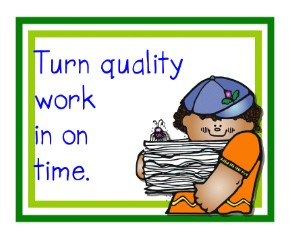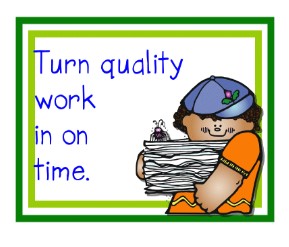Setting Expectations: The Unsexy Way to Getting the Work Done Right


Consider these scenarios:
- A leader berates a salesperson for not having enough business in the pipeline, but the leader has not explicitly told the seller how much they should be shooting for. 💰
- Company leadership announces a new initiative without explaining the "why," leaving employees to create their own stories about what "they have up their sleeves." 💡
- A manager delegates a task, then complains about it not being completed on time when, in fact, they never provided a deadline. ✔️
- A company offers "unlimited vacation" without indicating the expected business outcomes and the likely time commitment for completion. 🌅
Clear expectations are foundational for a thriving workplace environment. Let's assume positive intent: most people want to be successful at work. When employees understand "what good looks like," they will gain momentum toward achieving those goals. They know what they will be held accountable for, with minimal surprises.
Specifically:
You create alignment. Clear expectations channel everyone's efforts toward a common goal. Ambiguity disappears, and employees prioritize tasks that contribute directly to the company's objectives.
People are more productive: Employees are clear about their job roles, responsibilities, and performance, which creates momentum. Employees can channel their energy into tasks that matter most instead of ruminating about what is most important.
Reduced stress: Knowing the expectations can alleviate anxiety and enable individuals to work with confidence.
Effective communication: Clear expectations facilitate open and honest communication between managers and team members. A foundation exists for performance feedback, which leads to transparency and trust.
Accountability is no longer a bad word. People loathe the word accountability because they equate being held accountable to being disciplined. When the expectations are clear, employees feel empowered to take ownership. You become a support for their success.
Best Practices for Implementing Expectations
Make it a conversation, not a lecture. Set expectations to set expectations. "I'd like to talk with you today to ensure we are on the same page about what we need to accomplish in the next month." Invite questions. Check for understanding. Hint: Ask "What questions do you have?" rather than "Do you have any questions?"
Set a time to check in and see how things are going. "Let's plan to discuss progress and how things are going in two weeks. In the meantime, please let me know if you have questions or trouble. I'm happy to help."
Be flexible and adaptable. While clear expectations are crucial, priorities change, and sometimes things don't go as planned. In these cases, get to the why without blame (unless it has become a pattern). Collaborate to problem-solve and adjust where needed.
Provide kudos for success: Celebrate when employees meet or exceed expectations. Doing so is motivational and encourages continued excellence.
In conclusion, setting expectations in the workplace is not a one-time task but an ongoing process that requires commitment, communication, and adaptability. Openly set expectations, allow flexibility in getting there, and offer help when needed. In doing so, you create a culture of clear communication, empowerment, and motivation, all in alignment with the team or organization's mission and objectives. And if not sexy, that makes for a great workplace.
